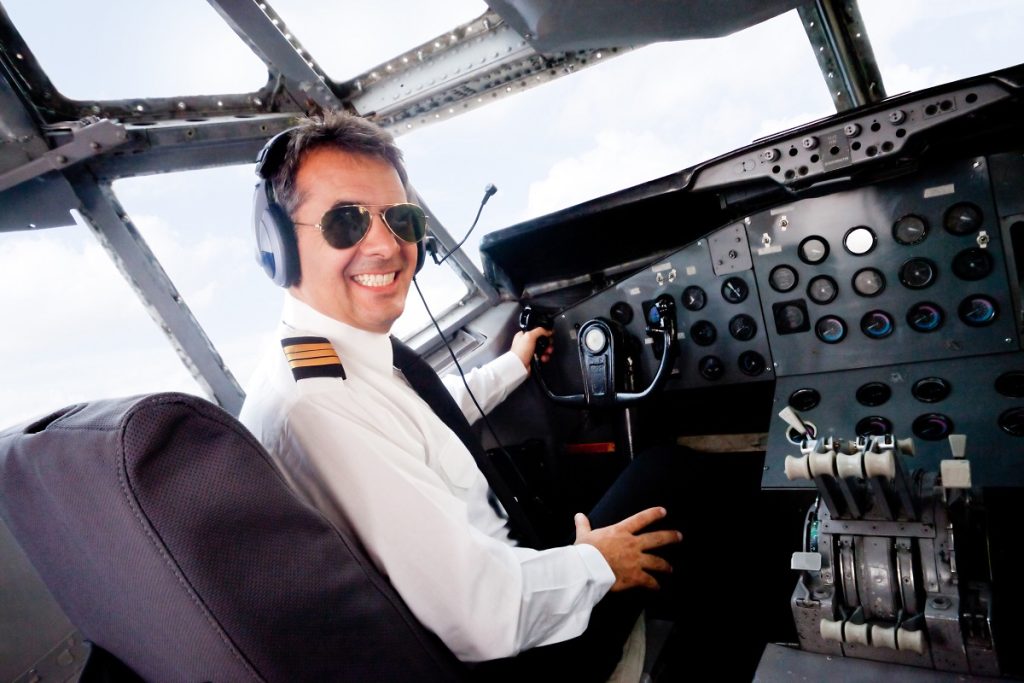- Solidify your theoretical foundation for practical prowess by investing ample time in ground training to understand aerodynamics.
- Gain hands-on flight training by actively participating in pre-flight inspections, using simulators, and participating in cross-country flights.
- Practice with flight simulators for emergency scenarios and test your decision-making skills under pressure.
- Adopt a regular fitness routine and pay attention to your diet and sleep patterns for physical preparedness.
- Consider obtaining a helicopter add-on for your license to diversify your skills and make you more marketable as a pilot.
The sky remains the ultimate frontier in high-speed technological advancements and endless horizons. As you endeavor to conquer this vast expanse, training to become a pilot is both exhilarating and demanding. The dream of soaring through the clouds and navigating the blue yonder requires a combination of technical proficiency, sharp mental acumen, and relentless dedication. Here are five transformative training tips to guide you on this journey, ensuring you earn your wings and truly deserve them.
1. Foundational Knowledge and Continuous Learning
Solidify your theoretical foundation for practical prowess.
The world of aviation is as much about understanding the underlying theories as it is about handling the aircraft. Invest ample time in your ground training, understanding aerodynamics, aircraft systems, navigation, and meteorology. This foundational knowledge ensures you can make informed decisions mid-flight.
Moreover, aviation is an ever-evolving field. Even after earning your license, keep abreast of new technologies, regulations, and best practices. Regularly attending seminars and workshops and reading up on the latest in aviation ensures you stay updated, making you a safer and more efficient pilot.
2. Hands-on Flight Training
Experience is the best teacher, especially at 10,000 feet. While theoretical knowledge is indispensable, there’s no substitute for actual flight time.
Here are tips for gaining hands-on flight training:
Pre-Flight Inspections and Procedures
Never underestimate the importance of pre-flight checks. An effective way to get hands-on training is to actively participate and eventually lead pre-flight inspections under the watchful eye of your instructor. Understanding the nitty-gritty of aircraft systems, their operation, and how to identify potential issues is a crucial skill that every pilot should possess. Remember, safety always begins on the ground.
Simulator Training

Simulator training is an excellent platform for practicing emergency procedures and honing your flight skills in a controlled environment. It is a cost-effective method to gain experience, and more importantly, it allows you to make mistakes and learn from them without the risks associated with actual flying.
Cross-Country Flights
Cross-country flights provide invaluable experience in planning, navigation, and decision-making. It’s a chance to put your theoretical knowledge into practice, interpreting weather patterns, calculating fuel consumption, and selecting alternative landing sites if required. Each cross-country flight is a unique challenge, allowing you to grow as a pilot.
Night Flying
Night flying introduces different challenges and requires additional skills compared to day flying. It enhances your instrument flying skills, understanding of lighting systems, and ability to interpret visual cues without natural light. More than being a requirement for your license, night flying training builds confidence and expands your horizons as a pilot.
3. Mental Preparedness and Decision Making
Keep your cool when the skies challenge you.
Flying is as much a mental challenge as it is a physical one. It requires the ability to make split-second decisions, often under pressure. Regularly test yourself with flight simulators, focusing especially on emergency scenarios. This sharpens your decision-making skills and helps build a calm demeanor in the face of unexpected challenges.
Always practice situational awareness. Be aware of your surroundings, the condition of your aircraft, and potential hazards. This proactive approach often allows you to foresee and avoid problems before they escalate, ensuring safer flights.
4. Physical Fitness and Health

A sound body is as crucial as a sound mind.
Flying can be physically demanding. From the strain of long flights to the effects of changing altitudes, your body needs to be in top shape to cope. Adopt a regular fitness routine, focusing on cardiovascular workouts and strength training. This ensures you have the stamina for long flights and the strength for flying.
Moreover, pay attention to your diet and sleep patterns. A well-balanced diet and adequate rest are crucial, especially before flying. Regular medical check-ups are necessary to ensure you meet the health standards for pilots.
5. Diversifying Your Skill Set
Broaden your horizons, consider a helicopter add-on.
In the world of aviation, versatility is invaluable. While you might start with fixed-wing aircraft, diversifying your skill set can open up new opportunities and challenges. One such avenue is obtaining a helicopter add-on for your license. Flying a helicopter is vastly different from an airplane, offering a new set of challenges and experiences.
Training for a helicopter add-on broadens your aviation skills and makes you more marketable as a pilot. Whether it’s for search and rescue missions, news coverage, or private charters, helicopter pilots are in demand, and this additional qualification can significantly boost your aviation career.
In Summary
Training to become a successful pilot is a journey of continuous learning and unwavering dedication. It requires a holistic approach, combining theoretical knowledge with practical skills, mental sharpness with physical fitness, and technical proficiency with adaptability. As you embark on this skyward journey, embrace every challenge and every learning opportunity. The sky is not just a limit but a playground for those with the passion and perseverance to conquer it.






